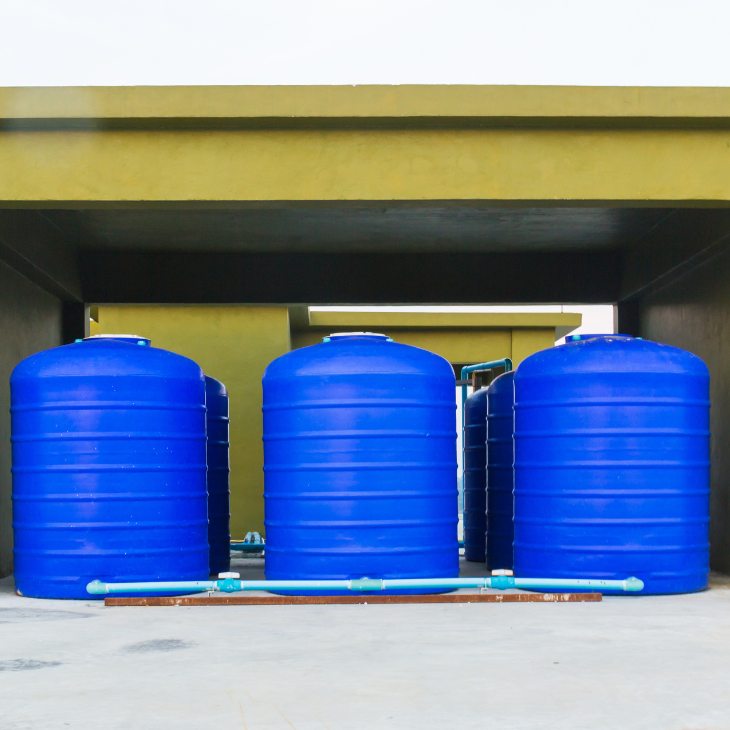Choose the Right Water Tank Capacity - Essential Guide

1. Understanding Your Water Consumption Requirements:
- Irrigation and Gardening: If you intend to utilize the water tank for irrigation, it is important to evaluate the size of your garden and the varieties of plants you have. The amount of water needed to maintain a small garden may be 50-100 liters per day, while a larger garden may require 200-300 liters or more.
- Rainwater Harvesting: When harvesting rainwater, it is important to examine the size of your catchment area (e.g., roof) and the quantity of rainfall in your area. This information will assist you in estimating the amount of water that can be collected and stored.
- Use in Commercial or Industrial Settings: The water requirements of businesses and industries may be contingent upon their operations. In contrast, a manufacturing facility may necessitate thousands of liters per day, while a modest office may necessitate 500-1,000 liters per day.
2. Duration of Your Water Storage:
- Storage for Short-Term Use: A reservoir with a capacity of 500-1,000 liters may be sufficient for daily household use.
- Medium-Term Storage: A tank holding 1,000-5,000 liters of water can be sufficient for a family or small business to retain water for a period of several days to a week.
- Long-Term Storage: Consider a tank size of 10,000 liters or more if you reside in an area that is susceptible to water shortages or wish to be prepared for emergencies.
3. Space and Installation Needs:
- Vertical Water Tank: If you have restricted ground space, a vertical tank that is taller may be more appropriate.
- Horizontal Water tank: Prefer a horizontal tank that is broader if height is a concern.
- Underground Installation: If you prefer to keep the tank out of sight, an underground tank may be a good option. However, ensure that the tank size fits the space and allows for proper installation and maintenance.
4. Factor in Water Pressure and Flow Rate:
5. An Expansion Strategy for the Future:
6. Budgetary Considerations
7. Local Regulations and Building Codes
8. Select the Right Material for Water Tank:
- Plastic (polyethylene): Affordably priced, lightweight, and available in a variety of sizes. This product is suitable for installation above ground.
- Steel: durable and strong, available in large sizes. Suitable for both above-ground and underground installation.
- Concrete: It is custom-built to any dimension and is exceedingly durable. Although suitable for subterranean installation, it necessitates additional space and a higher budget.
- Fiberglass: This material is lightweight and resistant to corrosion. Suitable for containers that are significantly larger, but it is more costly.
Final Thoughts:
Choosing the right water tank size is an important decision that affects your daily water usage, cost management, and overall convenience. By taking the time to evaluate your water consumption needs, storage duration, available space, and budget, you can select a tank that not only meets your current requirements but also accommodates future needs. Don't forget to consider local regulations and the material of the tank, as these factors can also impact your decision. Investing in the right size tank ensures a steady and reliable water supply, offering peace of mind and long-term benefits for your household or business.






